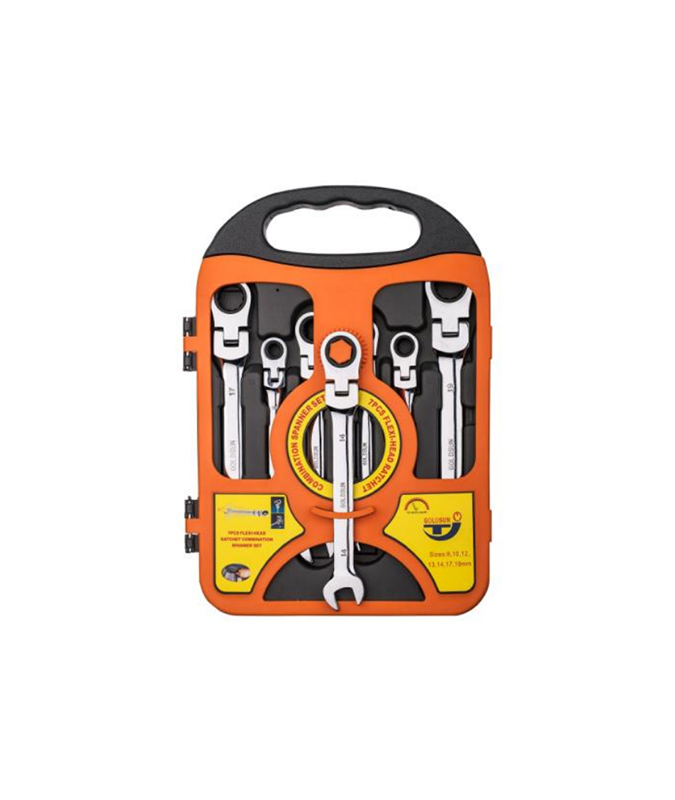

The method of maintaining the tool: the surface of the […]
The method of maintaining the tool: the surface of the tool is smooth and bright after being tumbled and finished, and the active metal molecules on the surface are exposed to the air and quickly oxidize and turn black, and then rust. The reason is the water film left on the surface of the parts after cleaning. A layer of electrolyte solution for electrochemical corrosion is formed. Although the ionization degree of water is small, it can still be ionized into hydrogen ions and hydroxide ions. This ionization process accelerates with the increase of temperature.
At the same time, carbon dioxide, sulfur dioxide, etc. are also dissolved in the water, which are easily combined with water. Iron and impurities in iron are immersed in a solution of various ions such as hydrogen ions, hydroxide ions, and carbonate ions, forming a corrosion cell. Iron is the anode and impurities are the cathode. In general, the water film contains oxygen, the iron on the anode is oxidized to ferrous ions, the electrons on the anode are oxygen, and then combined with water to form hydroxide ions.

From this point of view, the degreasing treatment before the tool finishing and the dehydration drying and anti-rust treatment after the finishing are very important. The two are indispensable, and there are many methods. Dehydration and drying usually use industrial drying machines. The main components of anti-rust oil are lanolin, barium petroleum sulfonate, sodium petroleum sulfonate and additives.
Steel used as a tool has two significant differences compared to steel materials:
1. It does not contain carbon. There will be no oxygen-iron-carbon reaction chain, so there will be no sparks.
2. The strength and hardness of steel are relatively low, and the thermal conductivity is higher than that of steel materials. When friction or impact occurs, local friction points will undergo plastic deformation to prevent friction energy from concentrating on individual contact points. In addition, the high thermal conductivity of the material , the heat generated by friction is dispersed to the substrate to reduce the risk of hot and high temperature at the point of friction impact.
Yuyao Golden Sun Tools Co., Ltd.